Growing Snackification Trend
The trend of snackification, where consumers prefer convenient and on-the-go snack options, is significantly influencing the Real & Compound Chocolate Market. As lifestyles become busier, there is a marked shift towards snacks that are not only indulgent but also provide a quick energy boost. This has led to an increase in the demand for chocolate bars, bites, and other portable chocolate products. Market analysis indicates that the snack segment of the chocolate industry is expected to grow by approximately 5% annually, reflecting the changing consumption patterns. This trend encourages manufacturers to develop products that align with the snackification movement, thereby enhancing their offerings in the Real & Compound Chocolate Market.
Innovative Product Development
Innovation in product development is a critical driver for the Real & Compound Chocolate Market. Companies are increasingly experimenting with new flavors, textures, and formulations to attract a broader consumer base. The introduction of unique combinations, such as chocolate infused with exotic spices or health-oriented ingredients like superfoods, is gaining traction. Market data suggests that the introduction of innovative products has led to a surge in sales, with certain segments experiencing growth rates exceeding 8%. This focus on creativity not only caters to evolving consumer tastes but also positions brands competitively within the Real & Compound Chocolate Market.
Expansion of Distribution Channels
The expansion of distribution channels is a pivotal driver for the Real & Compound Chocolate Market. With the rise of e-commerce and the increasing presence of specialty stores, consumers now have greater access to a diverse range of chocolate products. This shift is evidenced by market data showing that online sales of chocolate have surged, accounting for a significant portion of total sales. Retailers are also diversifying their offerings to include a wider variety of chocolate types, catering to different consumer preferences. This enhanced accessibility not only boosts sales but also encourages brand loyalty, as consumers are more likely to explore and purchase from brands that are readily available in the Real & Compound Chocolate Market.
Rising Demand for Premium Products
The increasing consumer preference for premium and high-quality chocolate products is a notable driver in the Real & Compound Chocolate Market. Consumers are becoming more discerning, seeking out chocolates that offer unique flavors, artisanal craftsmanship, and superior ingredients. This trend is reflected in the market data, which indicates that the premium chocolate segment is projected to grow at a compound annual growth rate (CAGR) of approximately 6% over the next five years. As consumers are willing to pay a premium for quality, manufacturers are responding by innovating and expanding their product lines to include gourmet options, thereby enhancing their market presence in the Real & Compound Chocolate Market.
Increased Focus on Health and Wellness
The growing emphasis on health and wellness among consumers is reshaping the Real & Compound Chocolate Market. As individuals become more health-conscious, there is a rising demand for chocolates that are perceived as healthier alternatives, such as those with reduced sugar, organic ingredients, or added nutritional benefits. This shift is supported by market data indicating that the health-oriented chocolate segment is expanding rapidly, with a projected growth rate of around 7% over the next few years. Manufacturers are responding by reformulating existing products and launching new lines that cater to this health-conscious demographic, thereby capitalizing on the evolving preferences within the Real & Compound Chocolate Market.
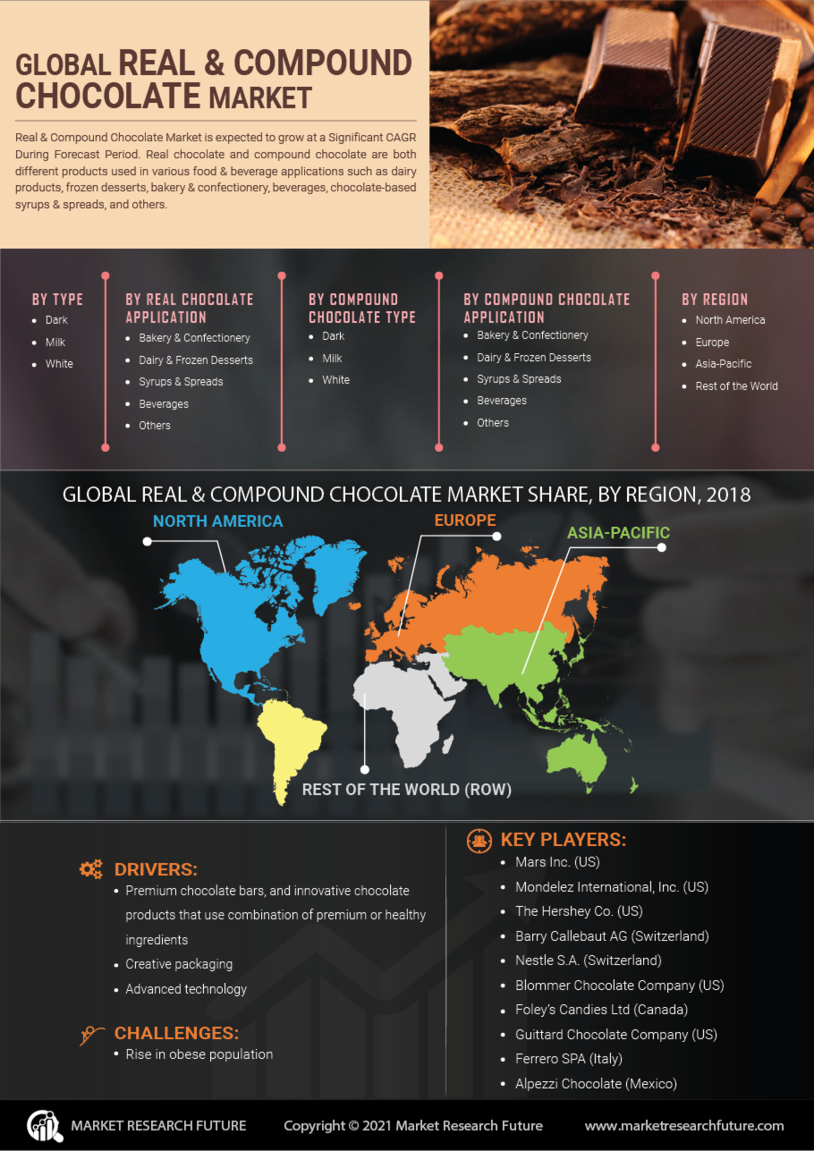



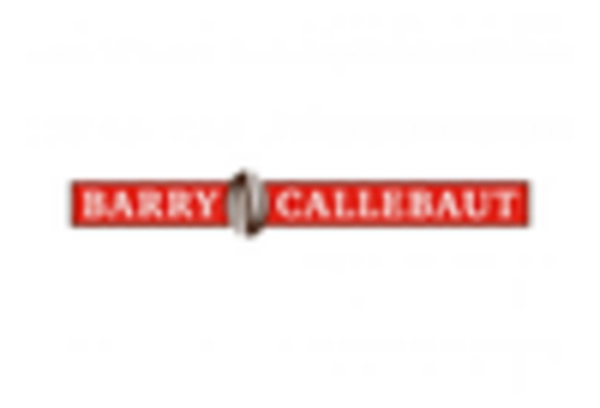


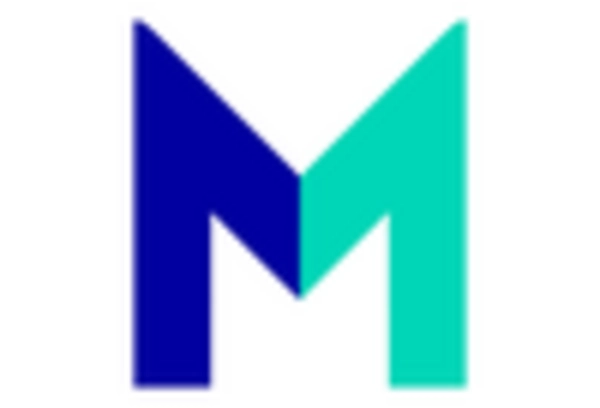
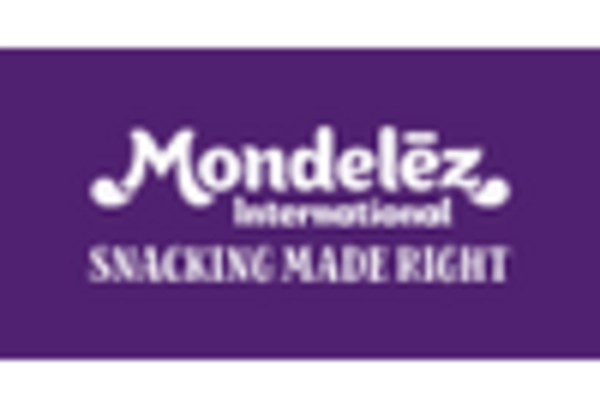
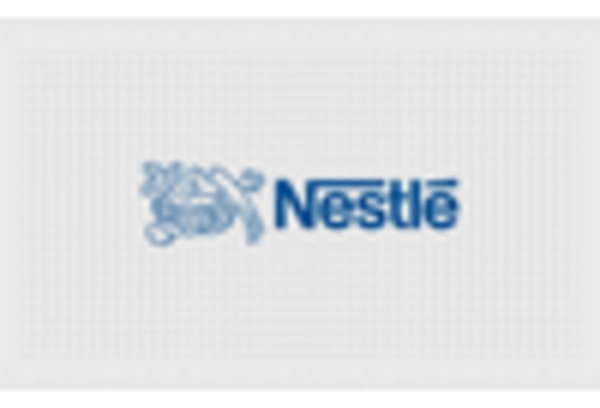








Leave a Comment